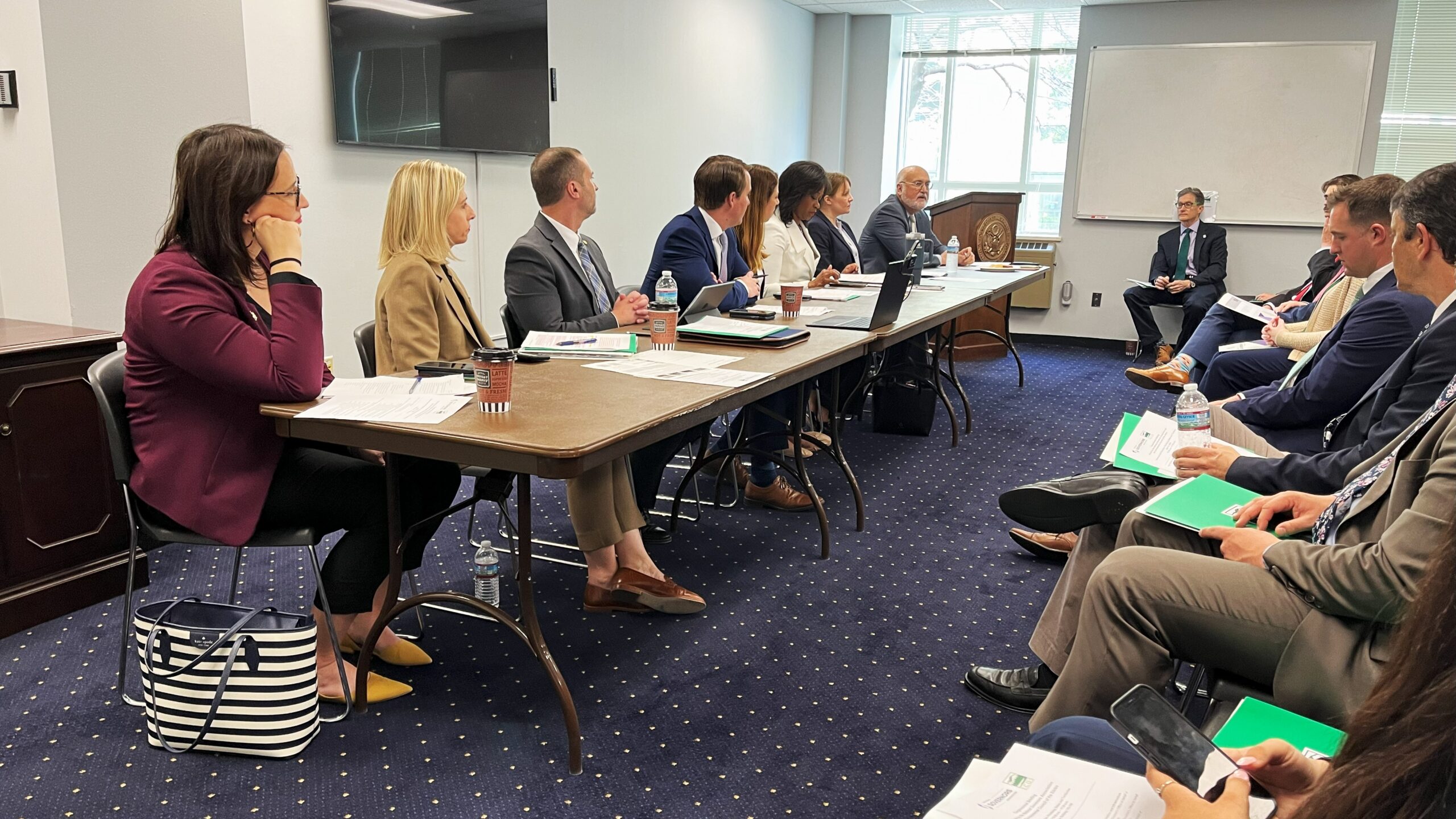As the COVID-19 pandemic disrupts global supply chains and manufacturing operations, the medical community faces a critical shortage of certain devices and personal protective equipment (PPE), particularly those essential for treating respiratory diseases like COVID-19: test swabs, respirators, ventilators and face shields. One potential solution to help bridge the gap between healthcare systems and their suppliers is the additive manufacturing community. Also known as 3D printing, additive manufacturing (AM) is a digitalized production process that layers material to build up a component into a finished product. The 3D printing process is a flexible approach to manufacturing, with labs small and mobile enough to be established in a basement if necessary.
With thousands of labs scattered around the country needing only the appropriate design blueprints and material to begin producing, AM has the potential to be a rapid, localized response option for healthcare systems in need. The AM community is proactively seeking ways they can support the crisis response, including creating and distributing head bands for face shields, ventilator splitters, test swabs and replacement parts for ventilators and respirators. As the AM community increasingly looks to serve as a stop-gap measure to bridge the equipment shortage, state governments should be aware of any sterilization and quality control issues surrounding deployment, potential legal concerns, and how they can assist in scaling production and distribution.
All NGA COVID-19 memos can be found here, or visit COVID-19: What You Need To Know for current information on actions States/Territories are taking to address the COVID-19 pandemic; as well as advocacy, policy, and guidance documents for protecting public health and the economy.












